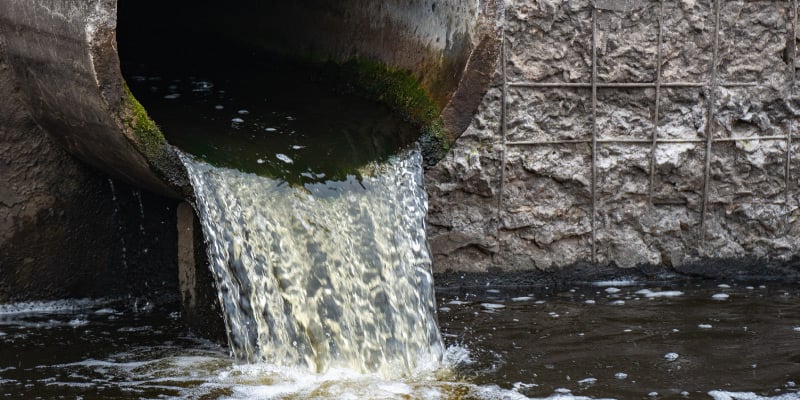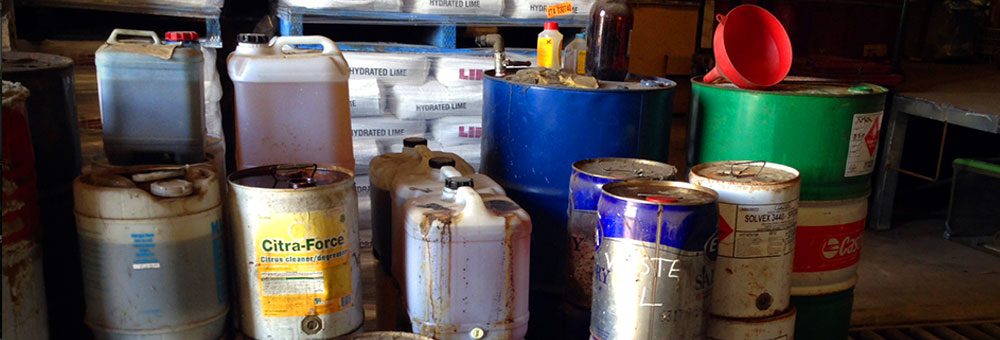Leading Liquid Waste Disposal Melbourne: Trusted Solutions for Appropriate Waste Management
Leading Liquid Waste Disposal Melbourne: Trusted Solutions for Appropriate Waste Management
Blog Article
Just How Fluid Waste Disposal Works: A Comprehensive Introduction of Techniques and Technologies Utilized

Summary of Fluid Waste Types
The complexity of liquid waste kinds requires an extensive understanding of their qualities and effects for disposal. Fluid waste can broadly be categorized into numerous kinds, including industrial, municipal, agricultural, and contaminated materials. Each category shows distinct homes, needing particular monitoring strategies to reduce environmental and wellness threats.
Industrial liquid waste stems from making processes and frequently has a variety of pollutants, such as heavy metals, solvents, and natural compounds. Community fluid waste, primarily comprising wastewater from families and commercial establishments, contains natural matter, nutrients, and microorganisms (industrial wastewater treatment). Agricultural fluid waste, consisting of runoff from ranches, may include plant foods, pesticides, and animal waste, presenting threats to water quality and environments
Dangerous liquid waste is characterized by its toxicity, sensitivity, or possible to cause harm. This category includes substances like acids, bases, and particular chemicals that necessitate strict handling and disposal methods. Recognizing these diverse liquid waste types is important for creating reliable disposal techniques and guaranteeing conformity with environmental laws. Proper classification and characterization are important for applying proper treatment methods and reducing the negative effect on public health and the setting.
Physical Treatment Methods

Screening is the initial action, where bigger particles and particles are removed from the fluid waste using displays or grates. This process shields downstream equipment from damage and makes sure smoother procedure. Adhering to testing, sedimentation utilizes gravitational pressure to separate solids from fluids. In sedimentation storage tanks, heavier bits settle at the bottom, creating a sludge layer, while the clarified liquid can be additional treated.
Filtration is one more necessary technique that includes passing the fluid through porous products, such as sand or membrane layers, to capture smaller particles. This step enhances the top quality of the fluid, making it suitable for subsequent treatment processes.

Chemical Treatment Methods
Chemical therapy techniques are vital for properly handling liquid waste, particularly in attending to liquified and colloidal pollutants that physical methods might not sufficiently get rid of. These strategies use different chemical representatives to reduce the effects of, precipitate, or change hazardous compounds right into much less dangerous kinds.
One typical method is coagulation and flocculation, where chemicals such as alum or ferric chloride are included in advertise the aggregation of put on hold fragments. This procedure boosts sedimentation, enabling much easier elimination of the resulting sludge. Additionally, oxidation procedures, employing agents like chlorine or ozone, are utilized to damage down complex natural substances and pathogens, providing the waste more secure for discharge or further therapy.
Neutralization is another essential technique, which changes the pH of acidic or alkaline waste streams to neutral levels, avoiding prospective harm to downstream systems and the setting. Moreover, advanced oxidation procedures (AOPs) use combinations of oxidants and ultraviolet light to weaken relentless toxins, achieving a higher level of treatment effectiveness.
Biological Therapy Processes
Biological treatment procedures play an essential role in the management of fluid waste by making use of bacteria to decompose raw material and lower impurity degrees. These procedures can be broadly categorized right into cardiovascular and anaerobic therapies, each using details microbial neighborhoods to accomplish reliable waste deterioration.
Aerobic therapy includes using oxygen to facilitate the malfunction of organic materials by bacteria. This process is commonly executed in triggered sludge systems, where oygenation tanks supply a conducive setting for microbial growth, leading to the oxidation of natural contaminants. The resultant biomass can be divided from dealt with effluent with sedimentation.
In comparison, anaerobic therapy occurs in the absence of oxygen, relying upon various bacteria to break down natural issue. This approach is particularly helpful for high-strength waste, as it produces biogas, a renewable energy source, while decreasing sludge manufacturing. Technologies such as anaerobic digesters are frequently employed in industrial and metropolitan applications.
Both anaerobic and aerobic organic treatments not only lessen the ecological influence of fluid waste yet additionally facilitate resource recovery, making them necessary parts of lasting waste administration approaches. Their adaptability, effectiveness, and efficiency sustain their extensive implementation throughout various sectors.
Arising Technologies in Disposal
Innovative strategies to liquid garbage disposal are swiftly advancing, driven by innovations in technology and an enhancing focus on sustainability. Among these emerging modern technologies, membrane layer bioreactors (MBRs) have gotten grip for their ability to combine organic treatment with membrane filtering, leading to high-quality effluent that can be recycled in numerous applications. MBRs allow smaller sized impacts and a lot more efficient procedures compared to traditional systems.
One more appealing advancement is using anaerobic food digestion incorporated with nutrient recovery innovations, which not just deals with fluid waste but also generates biogas and recoups useful nutrients like nitrogen and phosphorus. This double advantage improves resource performance and lowers ecological effect.
Additionally, progressed oxidation procedures (AOPs) are being taken on for the degradation of intricate natural toxins. These techniques use powerful oxidants and catalysts to break down contaminants at the molecular degree, offering a very reliable service for tough waste streams.
In addition, the assimilation of expert system and machine knowing in waste administration systems is optimizing operational efficiency and predictive maintenance, causing lowered prices and enhanced ecological compliance. These innovations mirror a substantial shift in the direction of more lasting and effective fluid garbage disposal practices.
Final Thought
In conclusion, reliable liquid waste disposal necessitates a detailed understanding of various techniques and modern technologies. By continually progressing these techniques, it comes to be possible to resolve the expanding obstacles connected with liquid waste, ultimately adding to ecological security and source recovery.
Fluid waste disposal is a crucial facet of environmental monitoring, calling for a comprehensive understanding of numerous techniques and modern technologies tailored to various waste types. Fluid waste can broadly be classified right into a number of kinds, including commercial, community, farming, and hazardous waste. Agricultural fluid waste, consisting of drainage from ranches, may have fertilizers, pesticides, and pet waste, posturing threats to water quality liquid waste disposal melbourne and ecosystems.
Various physical therapy methods play an essential duty in taking care of liquid waste successfully - industrial wastewater treatment.In verdict, effective fluid waste disposal demands a comprehensive understanding of various methods and technologies
Report this page